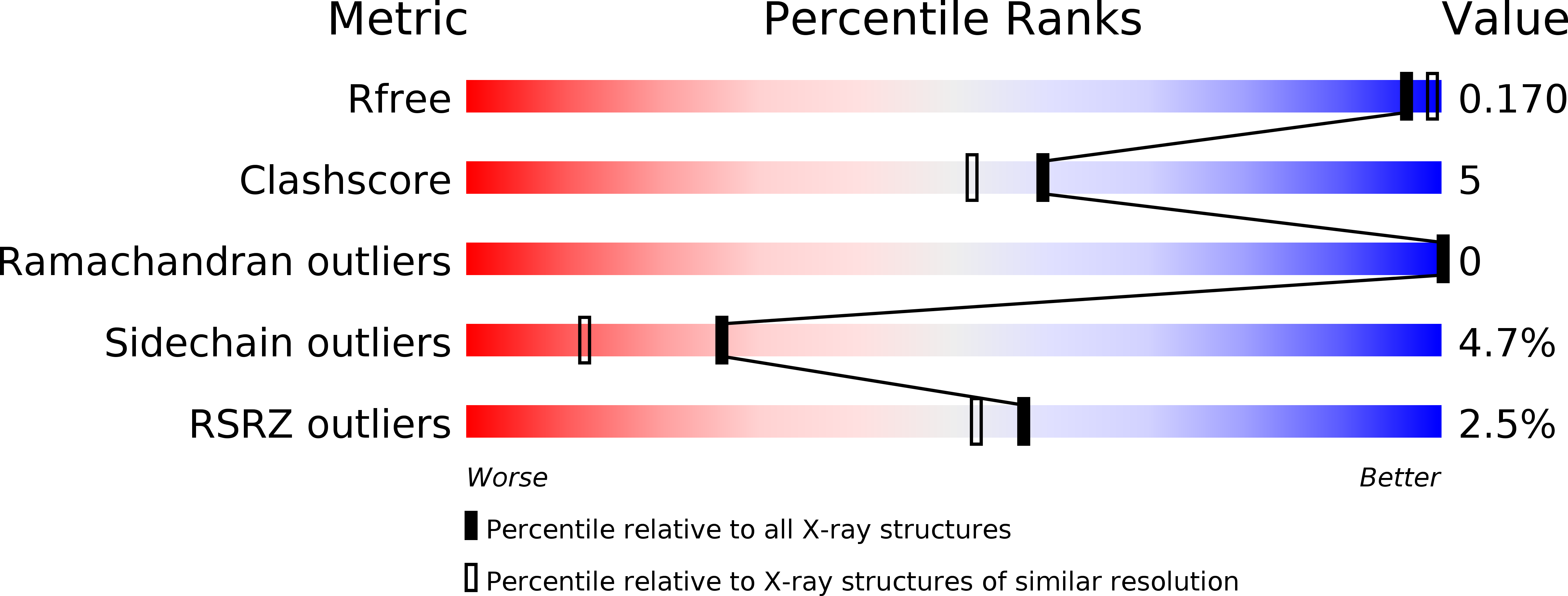
Deposition Date
2009-02-21
Release Date
2009-12-15
Last Version Date
2023-11-01
Method Details:
Experimental Method:
Resolution:
1.80 Å
R-Value Free:
0.19
R-Value Observed:
0.15
Space Group:
C 1 2 1


